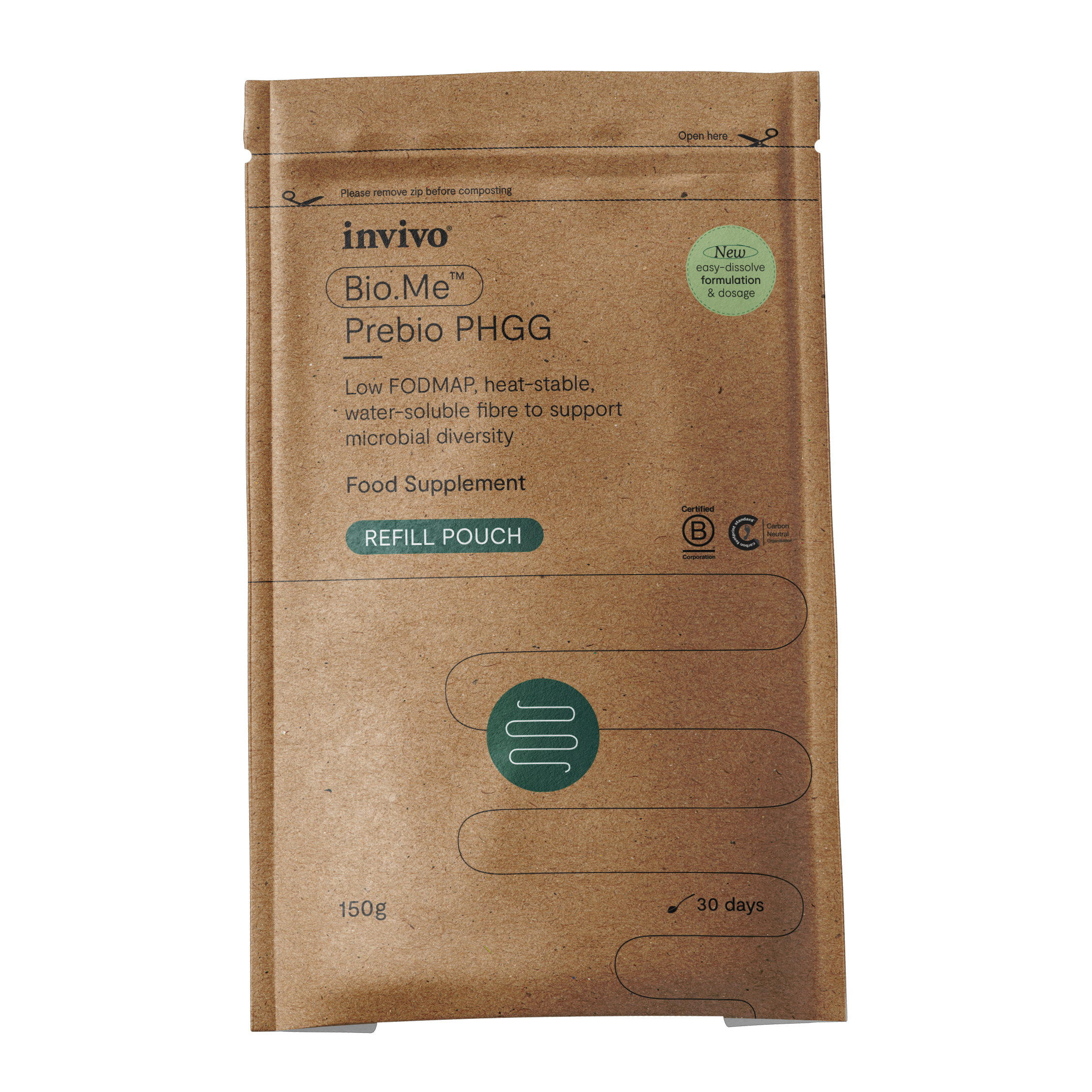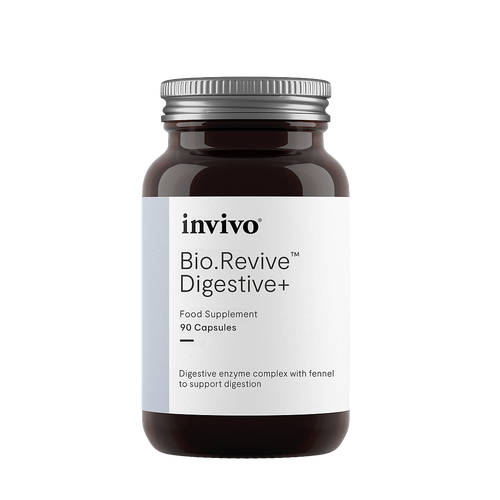Urinary Mycotoxins Test
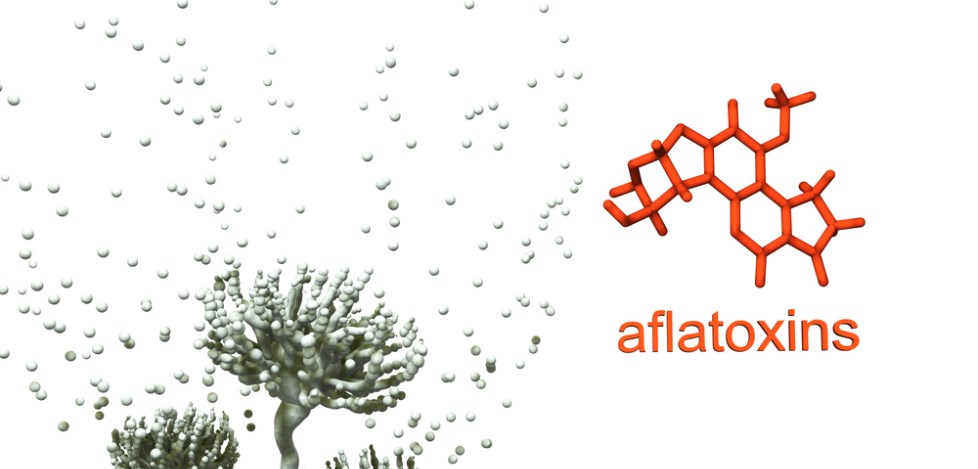
Invivo Clinical provides diagnostic services from RealTimeLaboratories, Inc. (RTL). RealTime Labs are a Dallas-based clinical laboratory,
specialising in the detection of mycotoxins (the toxins produced my molds) in
the human body. RTL carries both CAP and CLIA certifications, the highest
accreditations available to medical testing facilities.
What are Mycotoxins?There are estimated to be over 50,000 different species of mold, but only about 200 present serious health risks to humans or animals. These harmful species are referred to as toxic mold and are potentially hazardous because they can produce toxins known as mycotoxins.
The mycotoxins discussed here are the Trichothecenes, Aflatoxins, Ochratoxins, Gliotoxin, Chaetoglobosins and Sterigmatocystin. Where conditions are right, fungi proliferate into colonies and mycotoxin levels become high. Toxins vary greatly in their severity: some fungi produce severe toxins only at specific levels of moisture, temperature or oxygen in the air; some toxins are lethal; some cause identifiable diseases or health problems; some weaken the immune system without producing symptoms specific to that toxin; some act as allergens or irritants, and some have no known effect on humans.
Trichothecenes
are evaluated by using Enzyme-Linked ImmunoSorbant Assay (ELISA). The
test at RTL has been validated as a qualitative test. Thus, RTL reports
whether tricothecenes are PRESENT or NOT PRESENT.
Aflatoxins are evaluated using
ImmunoSorbant Columns containing antibodies to the group of aflatoxins (B1, B2,
G1, and G2). Results are reported as PRESENT or NOT PRESENT.
Ochratoxin A is evaluated using
immunoSorbant Columns containing antibodies to the Ochratoxin A. Results
are reported as PRESENT or NOT PRESENT.
Health Problems Associated With Molds and MycotoxinsMycotoxins are well documented for their toxic effects on the human cell, causing a number of problems in normal cell function and association with a wide variety of clinical symptoms and diseases:
- Kidney Toxicity
- Immune Suppression
- Autism
- Neurotoxicity
- Depression
- Chronic Fatigue Syndrome
- Cancer
- Acute Pulmonary Haemorrhage
- Aplastic Anaemia
- Birth Defects
View Webinar: Your Guide To Mycotoxin Testing
Who Should Be Tested?
In light of the above, if you believe someone’s health may be compromised by exposure to mold, it may be worth having the person tested using the RealTime Lab Mycotoxin Panel.
How Are They Tested?The Mycotoxin Panel is a urinary sample, but sputum, nasal washes and tissues biopsy specimens have also been validated.
Testing is done using competitive ELISA, a very sensitive detection method using antibodies prepared against mycotoxins. RealTime Labs has been granted a U.S. patent for its macrocyclic trichothecene test. All mycotoxin testing results are displayed in an easy-to-understand numeric format, showing detection levels in ppb as standardized by the FDA, WHO, CDC and Food Industry for clinical use. Results also tell if the test was positive, negative or equivocal, along with ranges of detection for each.
Results are typically available within 7 business days.
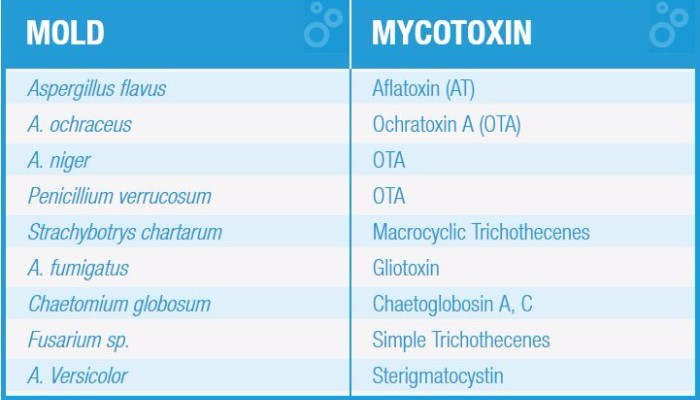
-is1ut9.jpg)
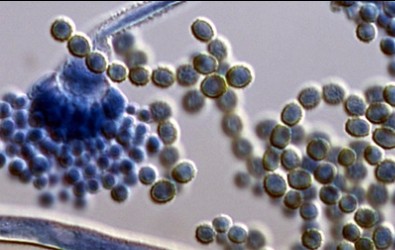
Aspergillus flavusMycotoxin; A. flavus produces aflatoxins, the most toxic and potent hepato-carcinogenic natural compounds ever characterized. There are four major Aflatoxins: B1, B2, G1, G2. Aflatoxin B1 is the most potent carcinogen and is the major mycotoxin produced by A. flavus.
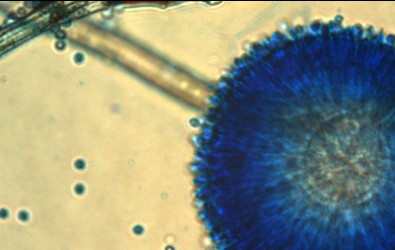
Aspergillus ochraceusOchratoxin A has been shown to interfere with cellular physiology in multiple ways. It inhibits synthesis of phenylalanine t-RNA complex, inhibits mitochondrial ATP production, and stimulates lipid peroxidation.
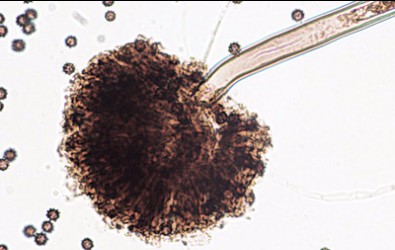
Aspergilus nigerAspergillus nigeras has also been associated with urinary tract infections and bladder cancers. Ochratoxin has been detected in blood and other animal tissues and in milk, including human milk.
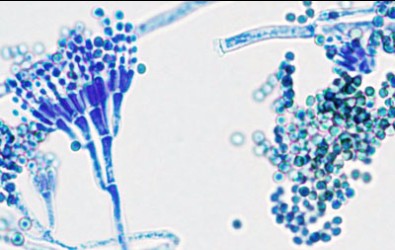
Penicillium verrucosumPenicillium verrucosum has also been associated with urinary tract infections and bladder cancers. Ochratoxin has been detected in blood and other animal tissues and in milk, including human milk.
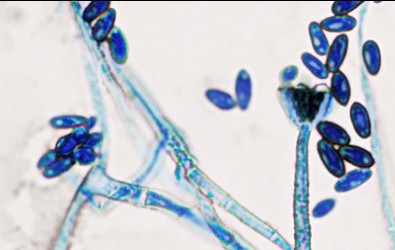
Stachybotrys chartarumStachybotrys chartarum is the well-known “black mold” seen in many water damaged buildings. It produces a number of highly toxic macrocyclic trichothecenes.
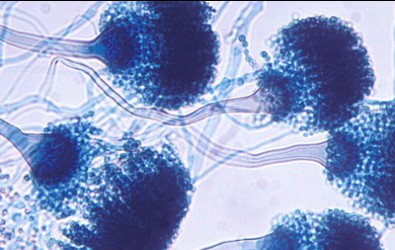
Aspergillus fumigatusA. fumigatus is frequently found in homes and buildings. It is considered to be an opportunistic pathogen, meaning it rarely infects healthy individuals, but is the leading cause of invasive aspergillosis (IA) in immunocompromised individuals such as cancer, HIV or transplant patients. A. fumigatus produces Gliotoxin, an immunosuppressive mycotoxin.
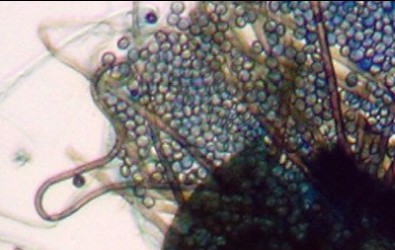
Chaetomium globosumC. globosum is a common indoor fungal contaminant of water damaged homes or buildings. It is found on wet drywall, wall-paper, carpets, window frames and baseboards. Like Stachybotrys, C. globosum spores are relatively large and due to their mode of release are not as easily airborne as other molds. Mycotoxins produced by C. globosum include chaetoglobosin A & C.
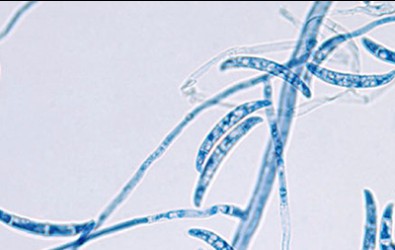
Fusarium sp.More than 50 species of Fusarium have been identified. Most are plant pathogens and can infect crops such as wheat, barley, oats and other feedstuff, where they can produce simple trichothecene mycotoxins such as T-2 and DON.
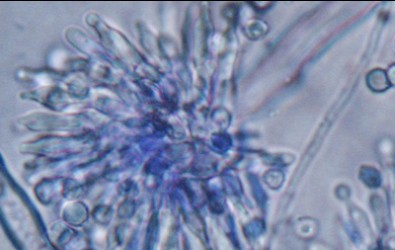
Aspergillus versicolorA. versicolor is one of the most frequently found molds in water damaged buildings. Spores of A. Versicolor are detected and quantified in the ERMI (Environmental Relative Moldiness Index) test by Real Time PCR. A. versicolor is known to produce a mycotoxin called sterigmatocystin.
BUY REALTIME LABS MYCOTOXIN COMPREHENSIVE URINARY ANALYSIS
